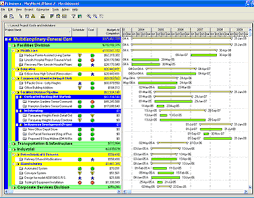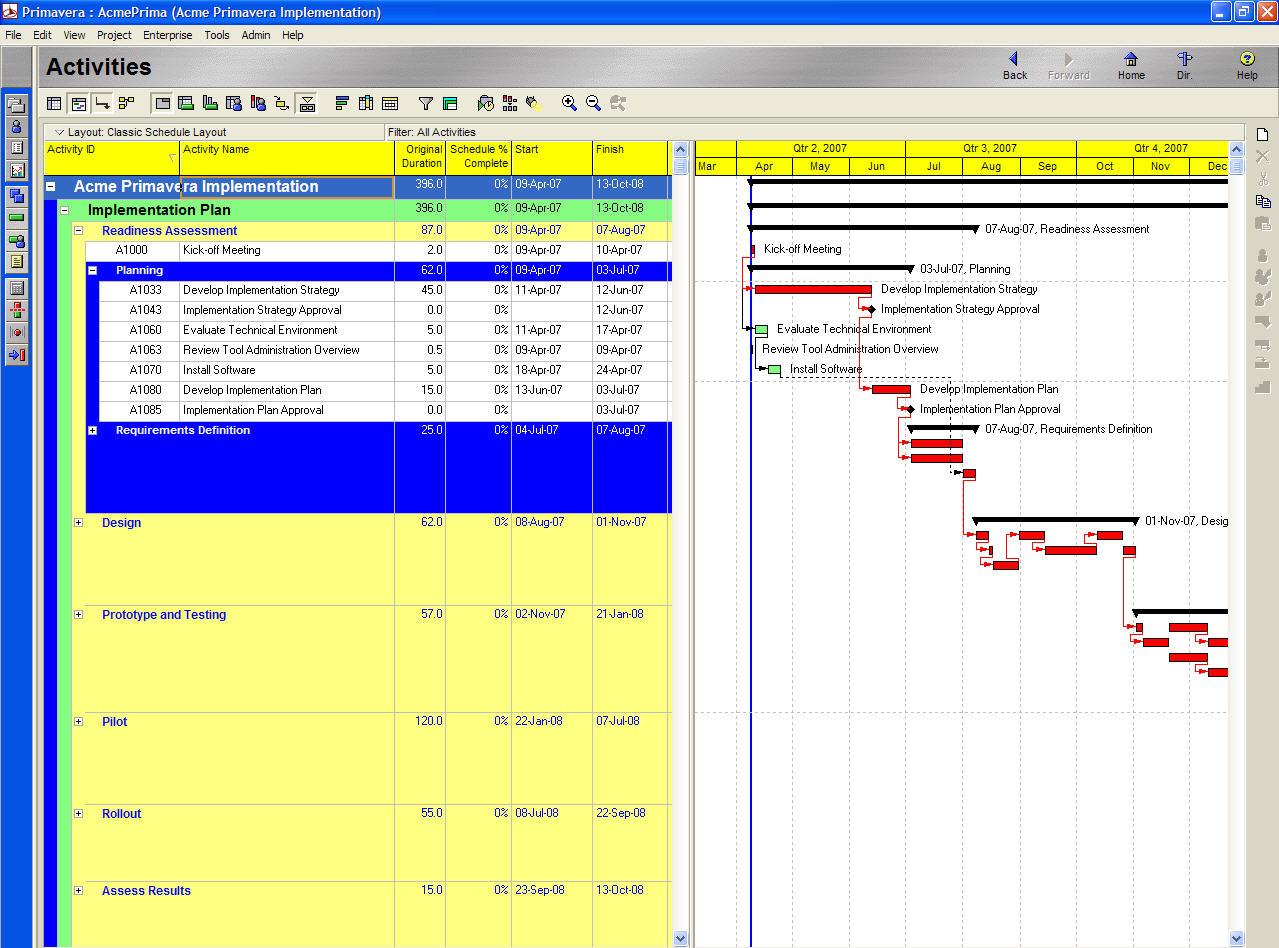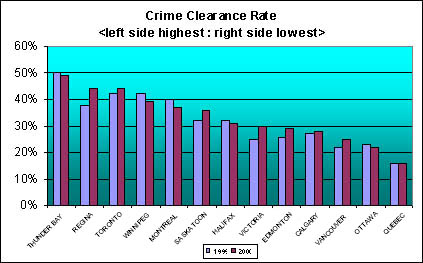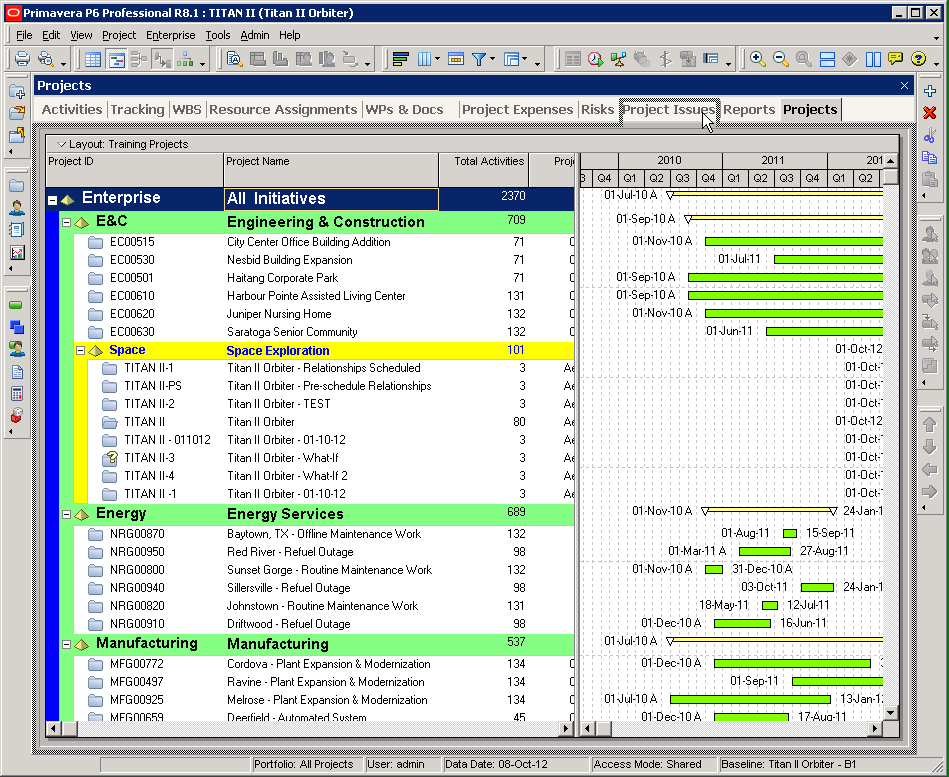 Top ways that a project manager is likely to allocate resources for their projects, As discussed in earlier articles, the project managers need to be multi-tasking super heroes.
Top ways that a project manager is likely to allocate resources for their projects, As discussed in earlier articles, the project managers need to be multi-tasking super heroes.
So what’s the best way of allocating your resources in best possible way?
It’s crucial and critical to stay on top of resource allocation. Ideally resource allocation should be inclined by these three principles,
- Creating value for clients
- Creating value for your agency
- Creating value for employees
Now the most important question that arises, how does creating value relates to resources,
Motivated teams are a result of efficient resource practicing. Happy and motivated employees are vested in their work. That includes positivity towards their organization as well as clients.
First we should understand, what a resource is,
A resource can be identified as an economic factor or a productive factor, required to accomplish an activity.
Or as means to undertake an enterprise and achieve desired out comes.
Resources have several types.
They can be energy, entrepreneurship, information, expertise, management and time to name a few.
In project management, it includes executing project, managing people, technology, time, space, tools, equipment etc.
It also includes basic allocation decision, contingency mechanisms.
A very important and crucial technique used in resource allocation is resource leveling.
Which can be understood as a project management technique, use to examine unbalanced use of resources. Which mostly includes people and equipment.Another use is resolving over allocations and conflicts.
Resource training is also very major part, for many in the corporate world September is the start of the final push whether you are looking forward to finish the year or your project on a strong note or you ought to get new skills acquire for major roles, you need training resources.
Statistics show that you and your organization is spending significant time and money on training each year. This article will guide you in five different training resources, they might range from free to thousands of dollars.
The web today is filled with thousands of resources, a distinct problem is information overload, and you can start with these projects to stay informed on project management practices. It might help you in learning other skills.
Note:
If you are a self-employedproject management professional, copy blogger is a must read. It helps you build your internet presence.
Now we come to understanding resource allocation in a broader perspective;
Plans change all the time, one minute you are working on one project, next minute on another. The next thing you know your team has been switched to something else or the client might drastically adjusts the scope. In such an hour of panic or utter bewilderment. Rapid adjustments and re allocation of resources can be very time consuming and a big headache. Make your life easier and be at ease with your work by using latest tools e.g. “resource Guru” to streamline your re allocation process. Many companies still use legacy project management tools, that hasn’t kept up well with the time.










